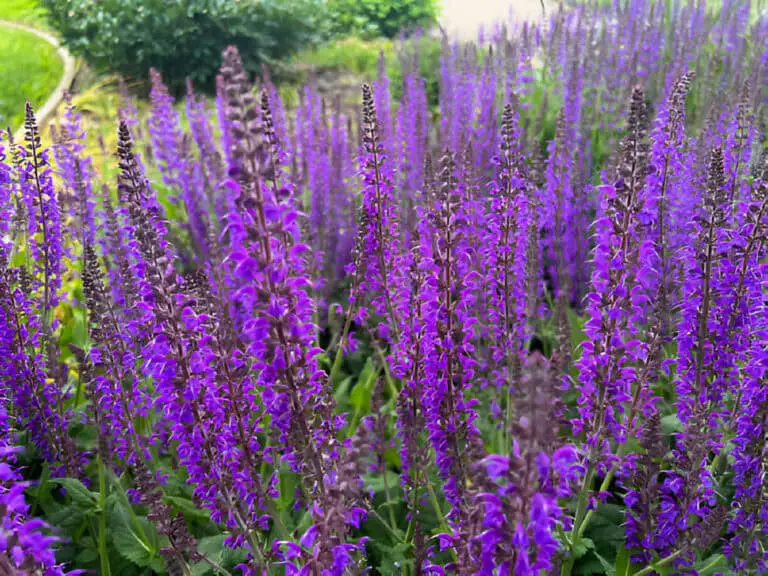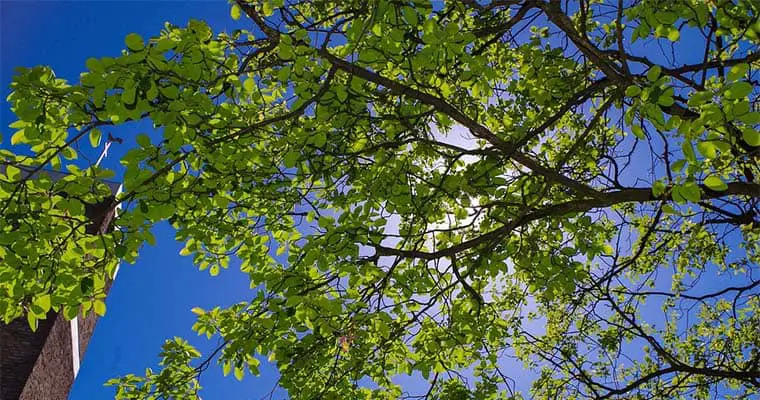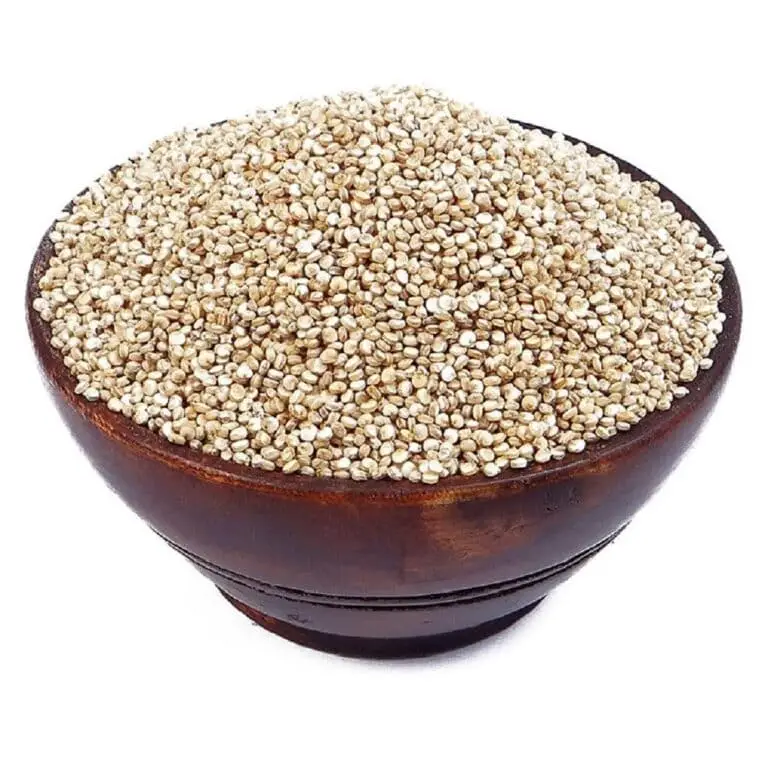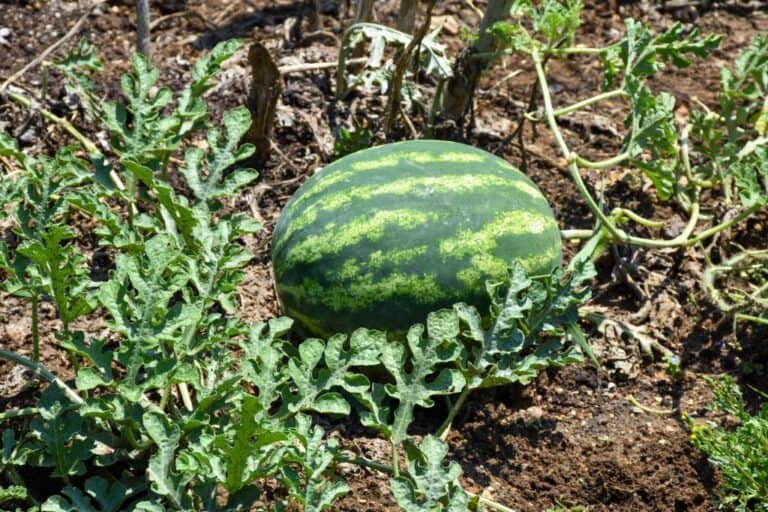How to Prune Duranta Plant: Beginners Trimming Guide
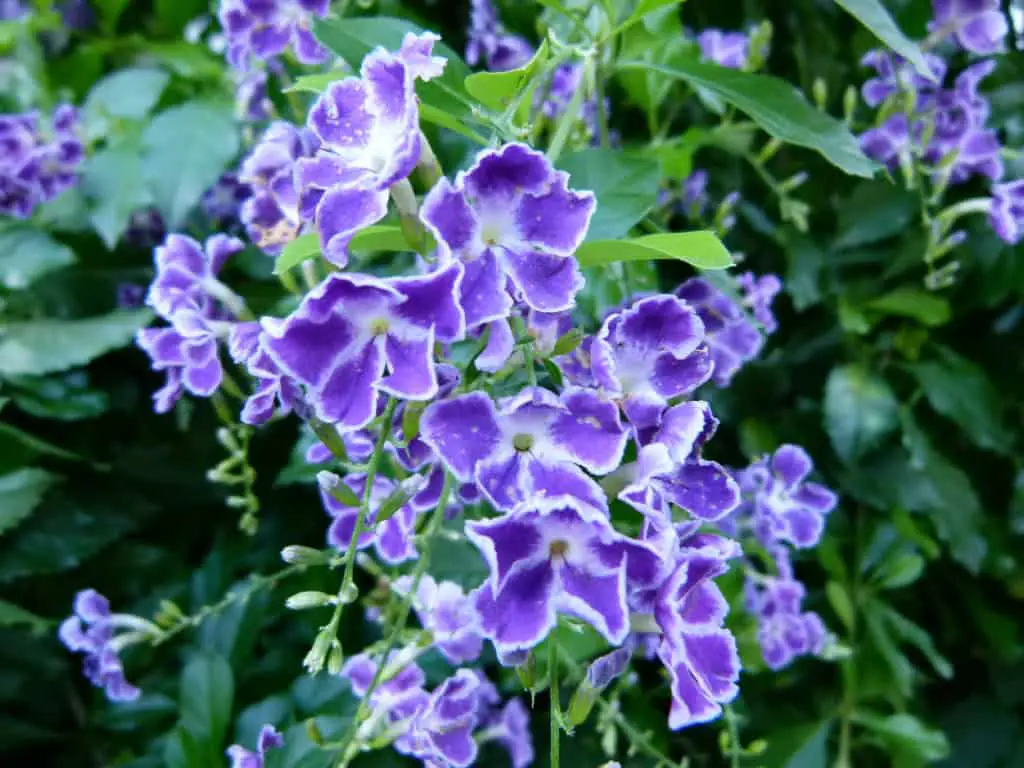
Pruning your Duranta plant can greatly improve its health and looks. But, knowing where to start can be scary. Have you ever wondered how to prune your Duranta effectively without harming its growth?
Learning the basics of pruning can transform your garden and ensure your Duranta thrives year-round. This guide will walk you through key techniques. It has step-by-step instructions and expert tips. They will help you prune your Duranta plant like a pro.
Are you new to gardening or looking to improve your pruning skills? Mastering these techniques will make your plant look better and help its overall health and longevity.
Introduction to Duranta Plant
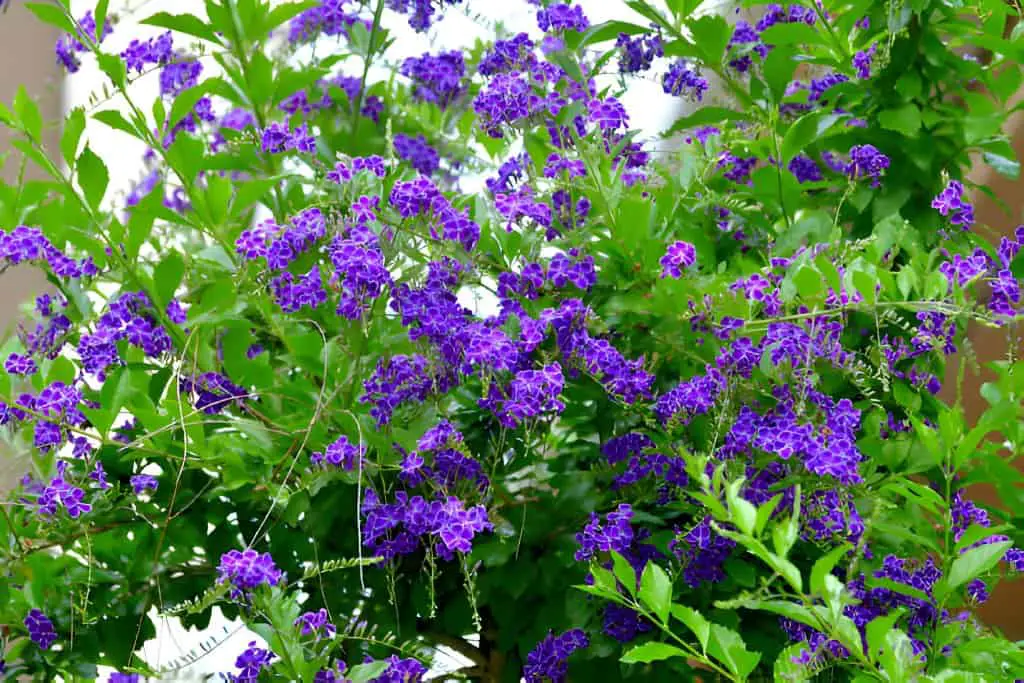
Duranta is a genus of flowering plants in the Verbena family, Verbenaceae. It contains 17 species of shrubs and small trees that are native to southern Florida to Mexico, and South America. People commonly grow Duranta plants as hedges and ornamental plants. They do so because of their showy flowers and fruit. These flowers and fruit attract butterflies and hummingbirds.
Characteristics
- Appearance: Duranta plants can grow up to 6 meters tall and spread equally wide. They have light green, elliptic to ovate leaves that are opposite and grow up to 7.5 cm long and 3.5 cm broad. The leaves are often accompanied by axillary thorns, which are less common in younger specimens.
- Flowers: The flowers are light blue or lavender, produced in tight clusters on terminal and axillary stems. They are often recurved or pendulous, and bloom in the summer.
- Fruit: The fruit is a small, globose yellow or orange berry that contains several seeds.
Taxonomy
- Genus: The genus name “Duranta” honors Castore Durante, a 15th-century Italian botanist.
- Species: The specific epithet “erecta” means “upright” in Latin, referring to the plant’s ability to grow upright. The species is also known as “D. repens,” which means “creeping” due to smaller-leaved varieties.
Ecology
- Native Habitat: Duranta is native to tropical America, from Florida to Brazil. It is common in rocky or sandy coastal areas with full sun. It also grows in moister, disturbed sites inland.
- Cultivation: The plant is widely cultivated in tropical and subtropical regions and can grow up to half a meter per year before maturity.
Why Prune Your Duranta Plant?
Pruning your Duranta plant serves several purposes, including:
- Promoting Growth: Pruning encourages new growth, leading to a fuller, more vibrant plant.
- Removing Diseased or Damaged Parts: Pruning lets you remove diseased, damaged, or dead plant parts. It makes the plant healthier.
- Controlling Size and Shape: Pruning helps you control the size and shape of your Duranta plant. It makes the plant easier to maintain and improves its looks.
- Improving Air Circulation: Proper pruning can help air flow around the plant. This reduces the risk of fungal diseases.
When to Prune Your Duranta Plant?
The best time to prune your Duranta plant is in the early spring, just before new growth begins. This allows the plant to focus its energy on producing new shoots and leaves. You can also prune your Duranta plant as needed. This is especially to remove diseased or damaged parts.
Step-by-Step Guide to Pruning Your Duranta Plant
Follow these steps to prune your Duranta plant effectively:
- Gather Your Tools: You’ll need a sharp pair of pruning shears, gloves to protect your hands, and possibly a ladder if your plant is tall.
- Inspect the Plant: Carefully examine your Duranta plant for any diseased, damaged, or dead parts that need to be removed.
- Remove Diseased or Damaged Parts: Using your pruning shears, carefully cut away any diseased, damaged, or dead parts of the plant. Make clean cuts close to the main stem or branch.
- Prune for Size and Shape: If your Duranta plant is growing too large or unruly, you can prune it back to control its size and shape. Focus on cutting back the longest branches and shoots to encourage new growth.
- Dispose of Pruned Material: Once you’ve finished pruning, be sure to dispose of any diseased or damaged parts of the plant right. This prevents the spread of disease.
| Read: How to Trim Diosma Plant – Beginners Trimming Guide |
How Often Should I Prune My Duranta Plant?
How often you should prune your Duranta plant depends on many factors. These include the plant’s growth rate, the shape you want, and its health. Generally, pruning your Duranta plant once a year in the early spring is sufficient to maintain its health and shape. However, you may need to prune more frequently if you notice overgrowth or want to shape the plant more precisely.
Regular pruning helps promote new growth and maintain the plant’s health by removing dead or diseased parts. It also helps control the plant’s size and shape, making it easier to manage and enhancing its aesthetic appeal. Also, pruning can boost air flow around the plant. This reduces the risk of fungal diseases.
When pruning your Duranta plant, focus on removing any dead, damaged, or diseased parts first. Then, prune back any excessive growth to maintain a balanced shape. Avoid pruning too aggressively, as this can stress the plant. Instead, aim to remove only what is necessary to promote new growth and maintain the plant’s overall health and appearance.
Conclusion
Pruning your Duranta plant is an essential part of its care and maintenance. By following the steps outlined in this guide, you can ensure that your Duranta plant remains healthy, vibrant, and well-shaped.
Remember to prune your plant often. Do this, especially in the growing season. It will help its growth and beauty. With proper pruning techniques and tools, you can enjoy a beautiful and healthy Duranta plant in your garden.


